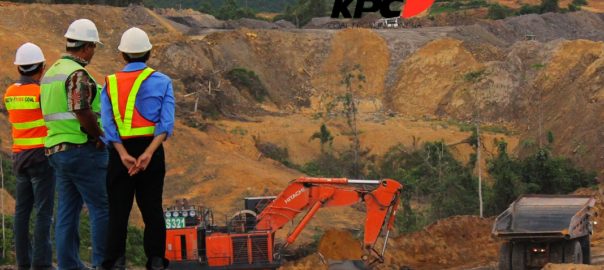Thiess has secured an agreement with Kaltim Prima Coal (KPC) to extend its current mining services contract and to provide fleet hire services at Sangatta mine, East Kalimantan, Indonesia.
With revenues of A$210 million ($141 million) and commencing in January 2023, Thiess will expand its services from land preparation, load and haul, asset management and rehabilitation, to include equipment hire and maintenance.
Thiess Executive Chair & CEO, Michael Wright, said: “The KPC mine in Sangatta has been an important part of the Thiess business for more than 30 years. We are proud to continue contributing to our client’s ongoing success, while extending our strong record of safe operations.
“We also welcome the opportunity to continue to work with the Sangatta community where we have been involved for some 30 years.”
Thiess President Director, Indonesia, Jeffrey Kounang, said: “Our team in Sangatta played a significant role in securing this extension, managing operations safely and meeting our client’s expectations, despite the often challenging weather impacts. And they did this while achieving a fantastic record of 10 million work hours injury free!
“This extension gives us the opportunity to continue delivering sustainable results for the client and the community, which we are so passionate about.”
Thiess has been working with KPC since October 2003 and currently undertakes a range of contract mining services for four of KPC’s pits including mine planning, stripping, blasting, overburden removal, mining and stockpiling.









